The ’80s gave us the golden age of music videos, with MTV acting as the ultimate cultural tastemaker. Back then, anything seemed to go—over-the-top visuals, eyebrow-raising themes, and moments that were both bold and baffling. While these videos captured the rebellious, boundary-pushing spirit of the time, many would raise major red flags if they debuted today. Let’s explore 15 iconic (and sometimes infamous) music videos that wouldn’t make it past modern standards and why.
1. “Addicted to Love” by Robert Palmer
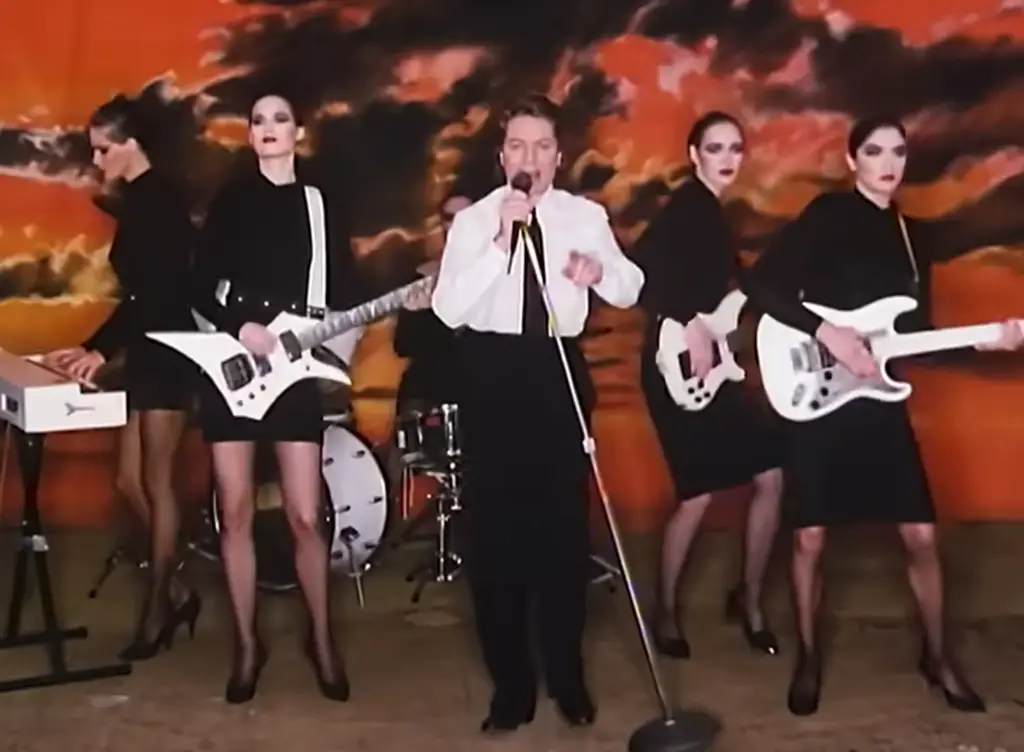
This iconic video featured a lineup of identically dressed women in tight black dresses, heavily made-up faces, and robotic movements, reinforcing an objectifying “man as star, women as props” narrative. While it became a cultural touchstone, today’s viewers might critique its lack of nuance and representation.
2. “Hot for Teacher” by Van Halen
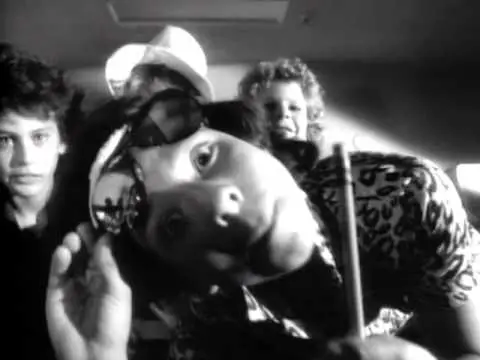
This cheeky, over-the-top video about a student fantasizing about his teacher wouldn’t fly today. Its portrayal of sexualized educators crosses lines that modern standards of appropriateness wouldn’t tolerate.
3. “Girls on Film” by Duran Duran
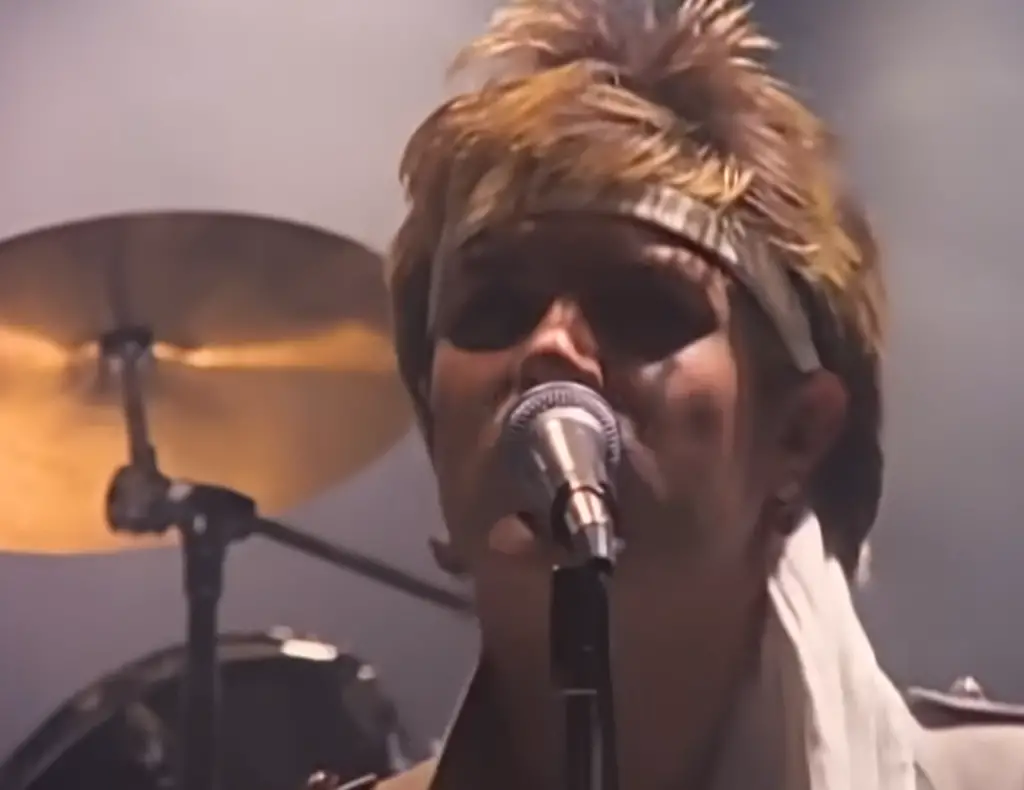
The uncut version of this video leaned heavily on nudity and sensuality, blurring the lines between music video and softcore content. It was controversial even in its own time, and today, its treatment of women would be critiqued for exploiting rather than empowering.
4. “Money for Nothing” by Dire Straits
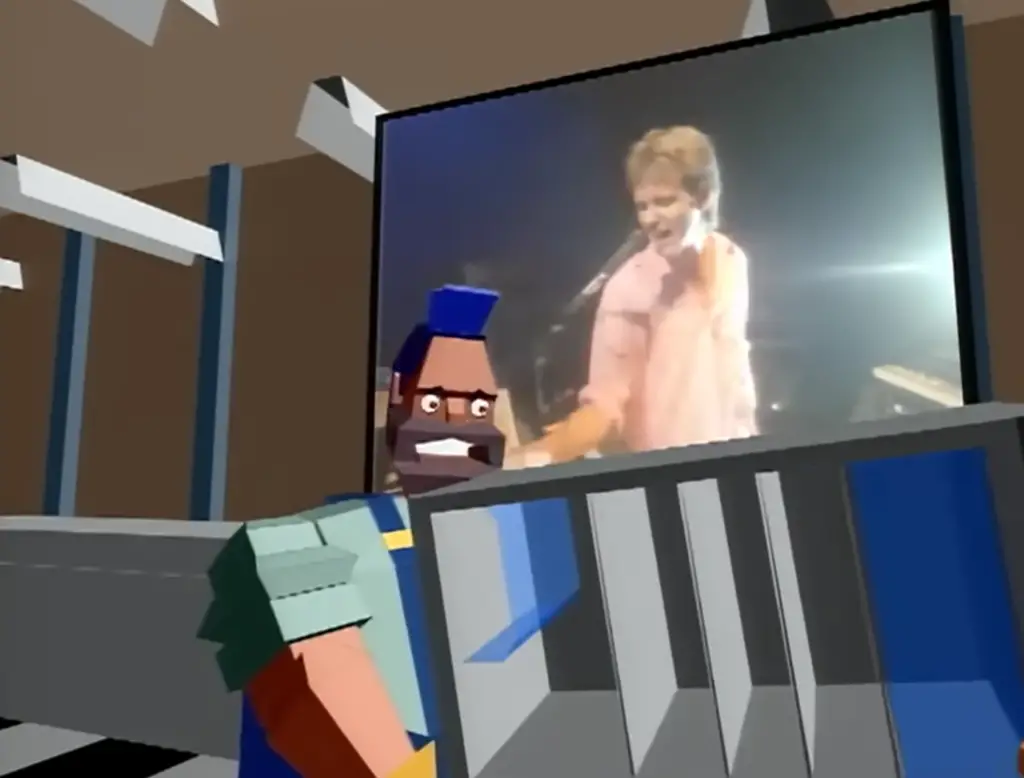
While a brilliant critique of fame, this video included a slur in its lyrics that would never be acceptable now. Even in the ’80s, it was controversial, but today, it’s outright banned in many broadcasts.
5. “Like a Virgin” by Madonna
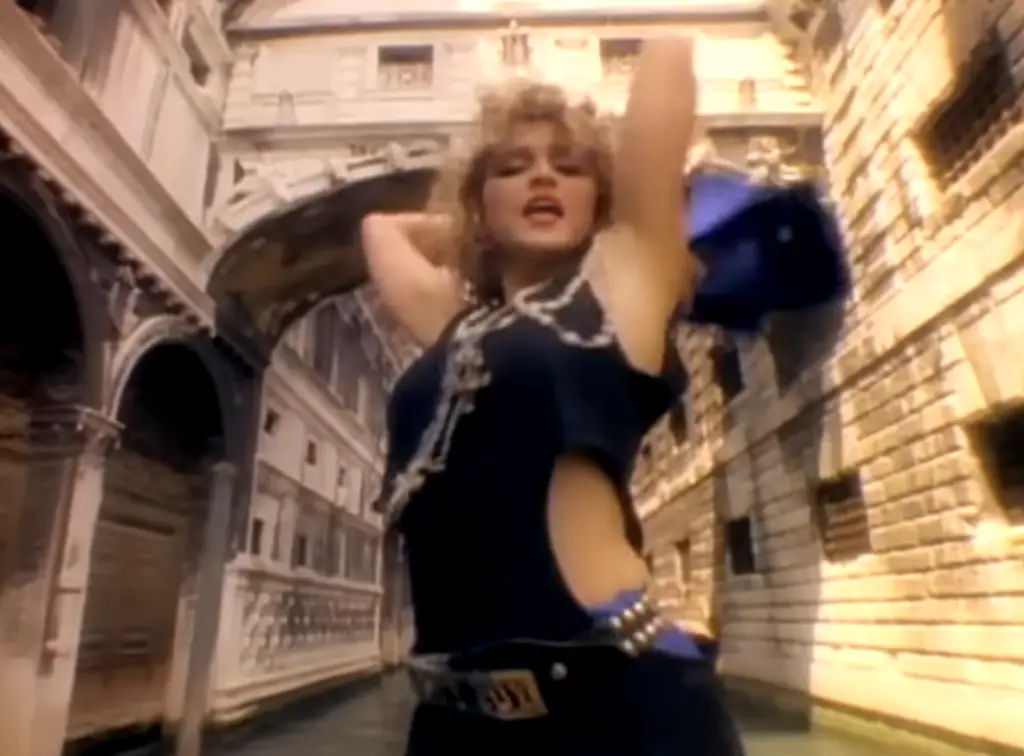
Madonna’s provocative visuals and suggestive imagery caused a stir back then, but the layers of Catholic symbolism and overt sensuality would likely face even stronger backlash from both sides of the cultural spectrum today.
6. “Turning Japanese” by The Vapors
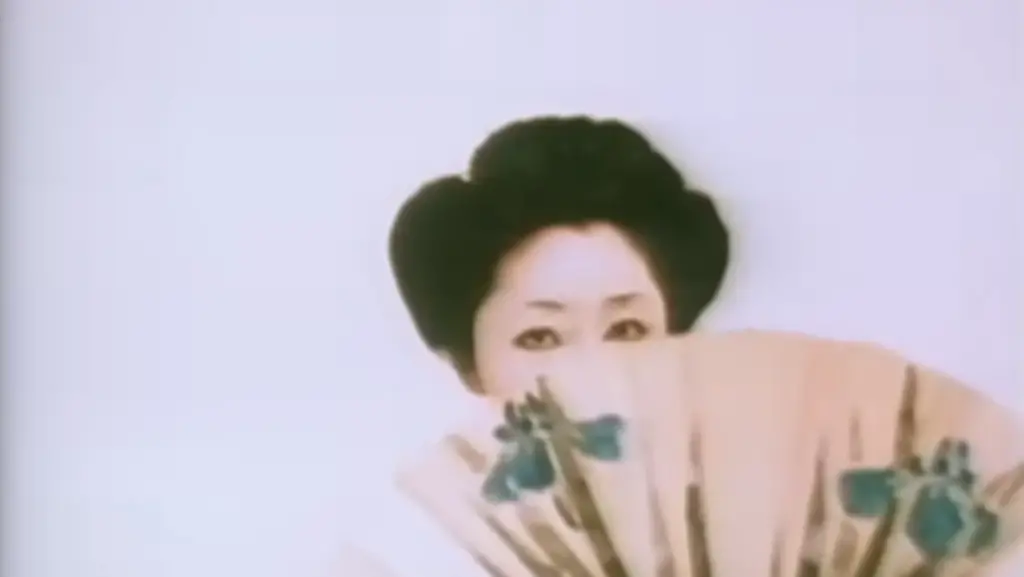
This quirky song’s title and video leaned heavily into cultural stereotypes, with exaggerated portrayals of Japanese culture that modern audiences would find reductive and offensive.
7. “Undercover of the Night” by The Rolling Stones
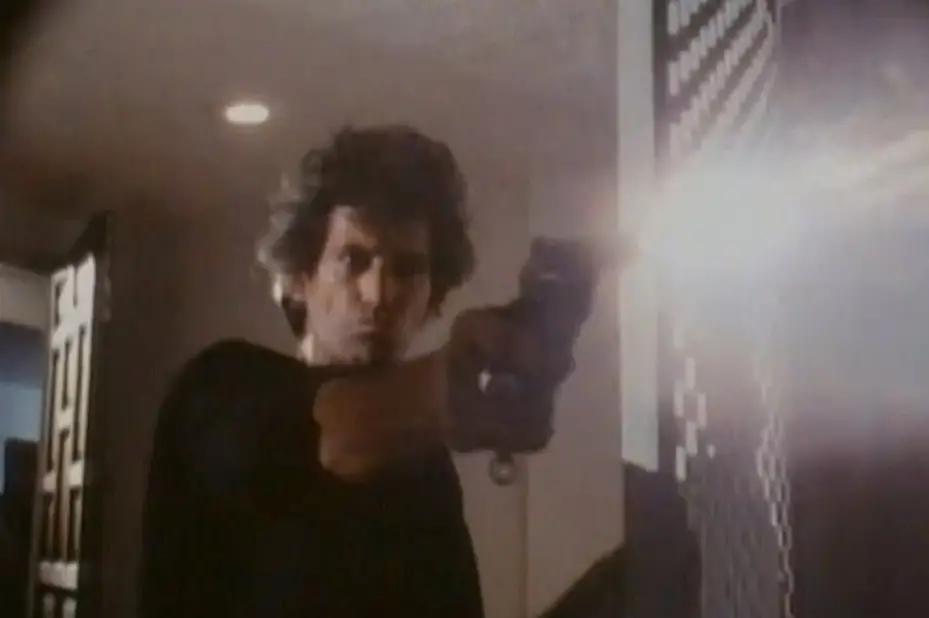
This politically charged video depicted scenes of violence, kidnapping, and revolution. While a powerful commentary for its time, its graphic nature and handling of sensitive subjects would face stricter scrutiny now, even with its artistic intentions.
8. “China Girl” by David Bowie
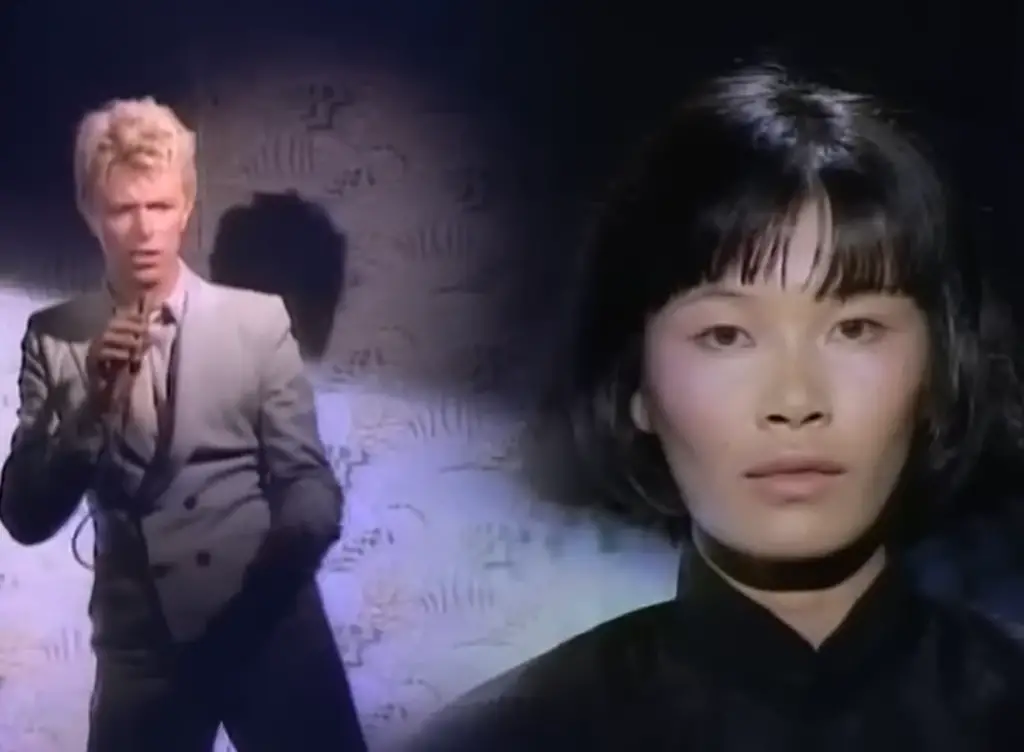
While Bowie’s intention was to critique colonialism and fetishization, the video’s execution—including its portrayal of an interracial romance—was critiqued for unintentionally reinforcing certain tropes. Today, its approach might be seen as more problematic than progressive.
9. “Do You Really Want to Hurt Me” by Culture Club
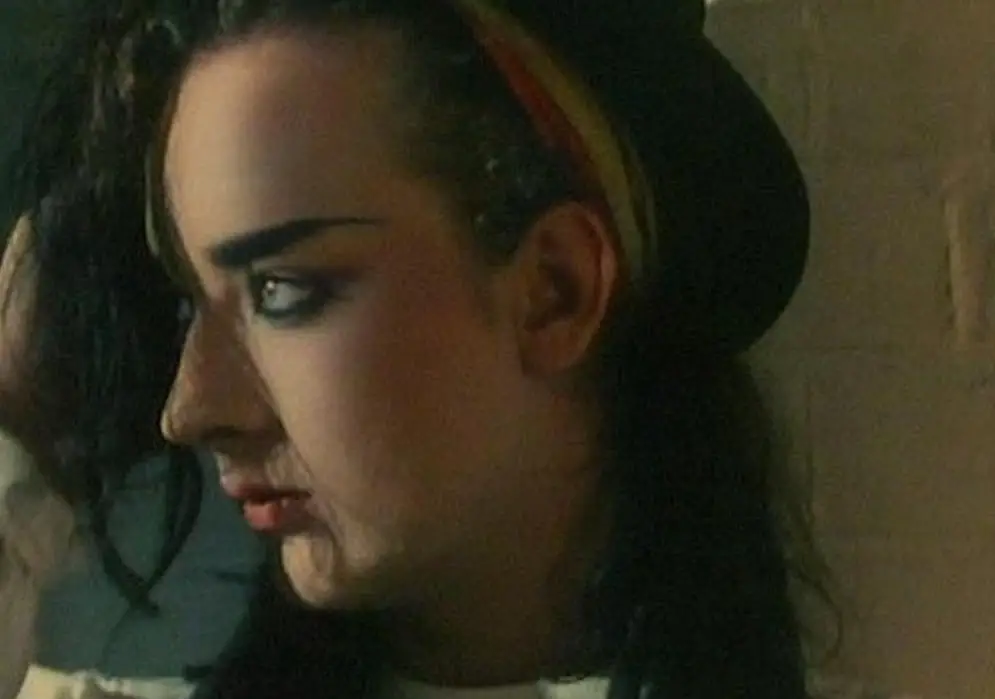
While Boy George’s gender-defying appearance was revolutionary, the video’s handling of themes like discrimination and its ambiguous narrative might be critiqued today for not diving deeper into these important issues.
10. “Physical” by Olivia Newton-John
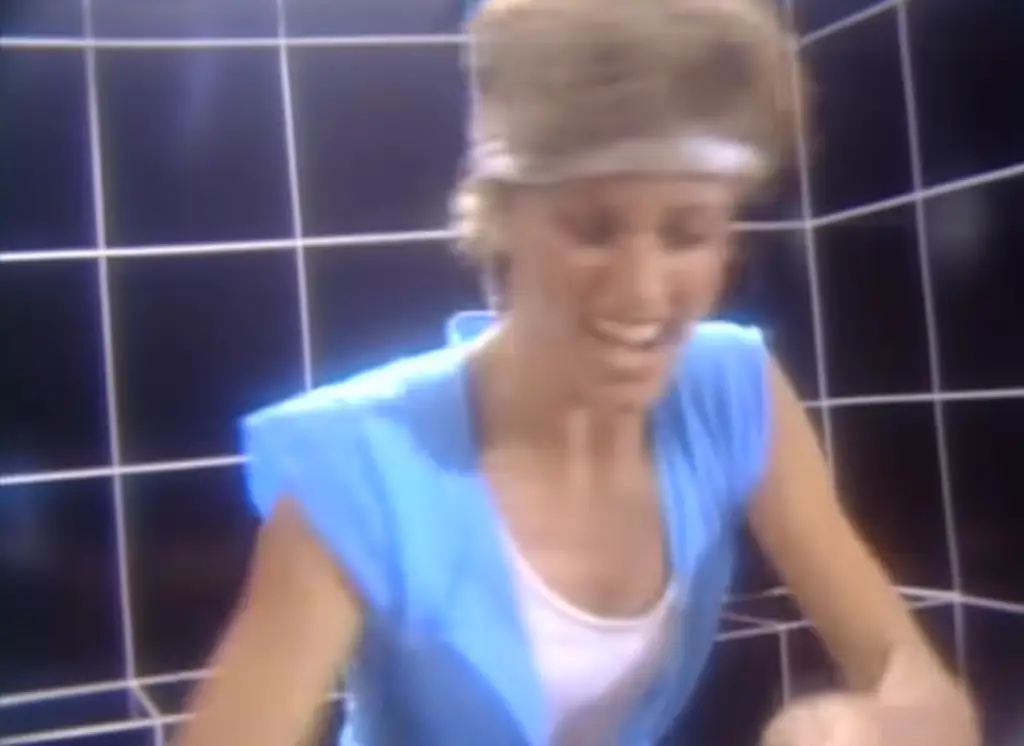
This upbeat workout-themed video featured suggestive choreography, scantily clad men, and a comedic twist that played into stereotypes. While lighthearted, its depictions might not align with modern sensitivities about body positivity and stereotyping.
11. “We’re Not Gonna Take It” by Twisted Sister
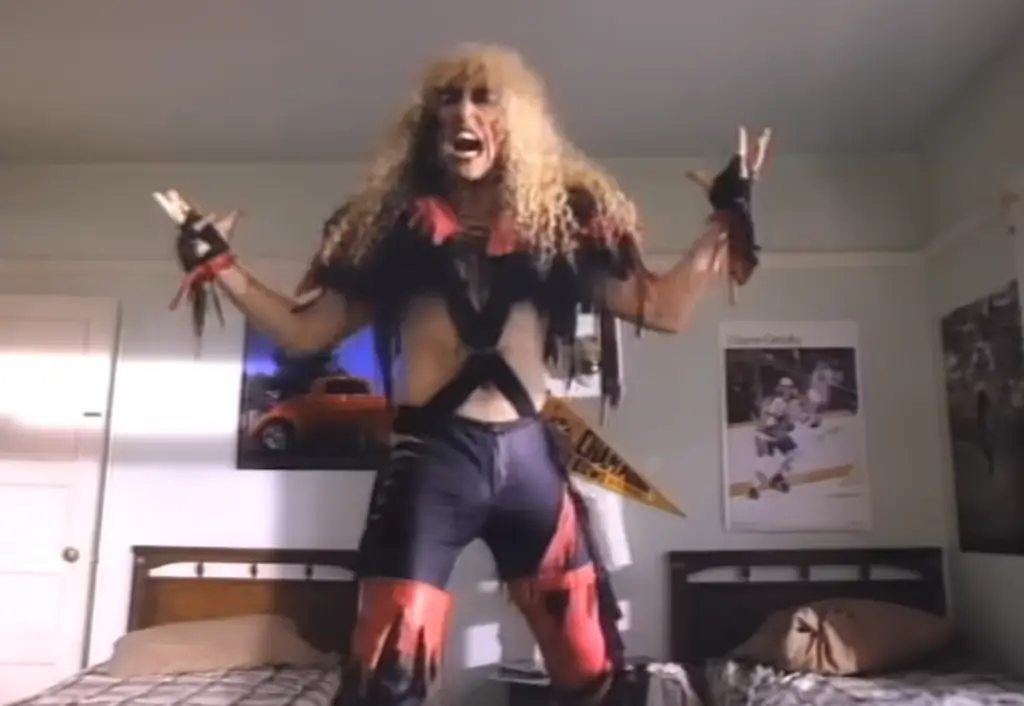
This rebellious anthem featured a cartoonishly abusive father and scenes of destruction. While intentionally over-the-top, today’s audiences might find its humor about family dynamics unsettling or even triggering.
12. “Love Is a Battlefield” by Pat Benatar
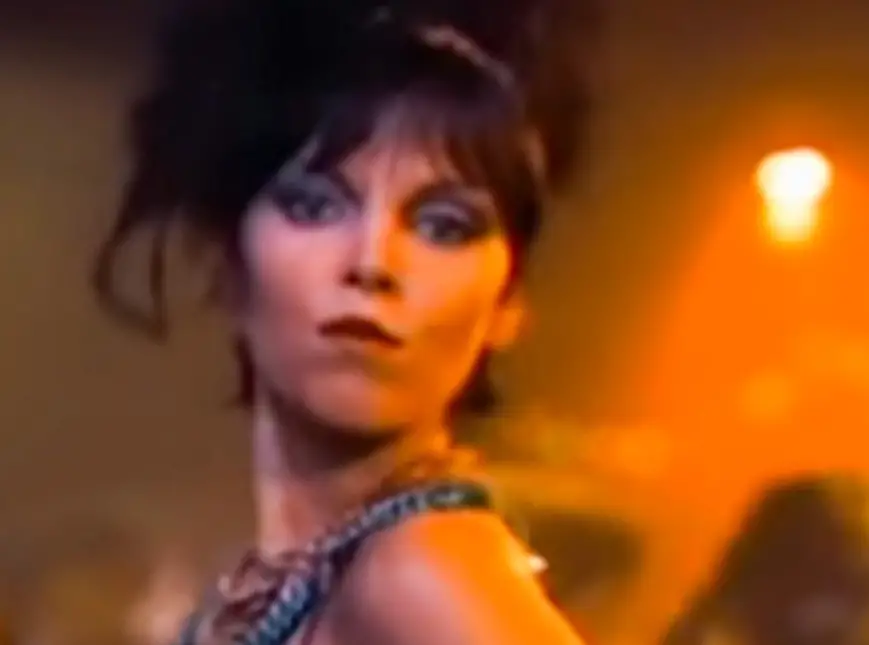
This empowering song’s video told a story of a young woman escaping an oppressive home only to enter an exploitative nightlife. While celebrated for its message of resilience, its depiction of abuse and power struggles might face scrutiny today for glamorizing trauma.
13. “Wild Boys” by Duran Duran
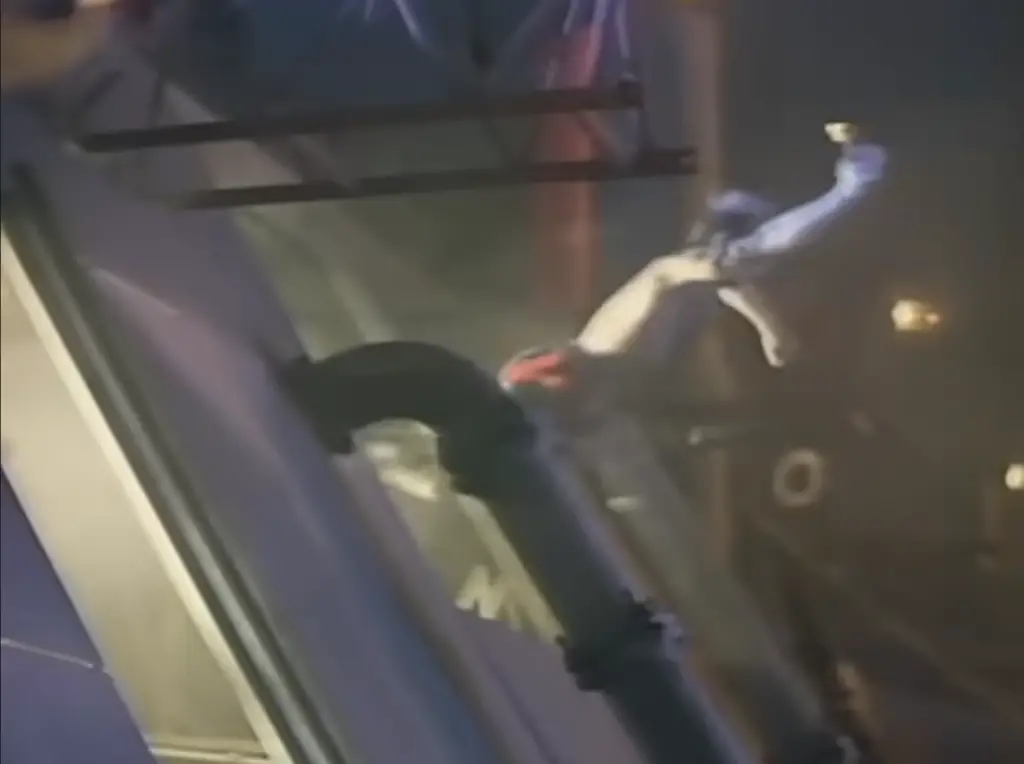
This dystopian video featured intense imagery, including near-torture scenes. While meant to shock and impress, its violent themes and treatment of characters wouldn’t sit well with today’s push for more thoughtful storytelling in media.
14. “Blame It on the Rain” by Milli Vanilli

While the song itself became infamous for the duo’s lip-syncing scandal, the video’s overtly cheesy visuals and gendered portrayals would also feel out of place today in an industry striving for authenticity and equality.
15. “She’s in Parties” by Bauhaus
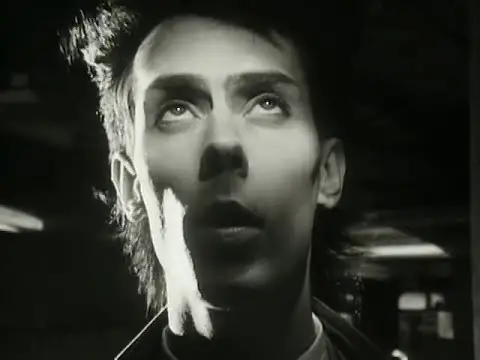
This gothic masterpiece featured haunting imagery of decay, including explicit depictions of corpses and decay-themed visuals that played into the band’s signature dark aesthetic. While it captivated fans of the macabre in the ’80s, today’s sensitivity toward graphic imagery—especially surrounding death—might see it heavily censored or restricted for certain audiences.
The ’80s music video scene was a product of its time: bold, unapologetic, and often outrageous. While many of these videos remain iconic, their content reflects an era with far fewer cultural guardrails. Looking back, they remind us of how far we’ve come—and how much the music industry has changed. Which of these do you remember watching, and what’s your take on their legacy?


